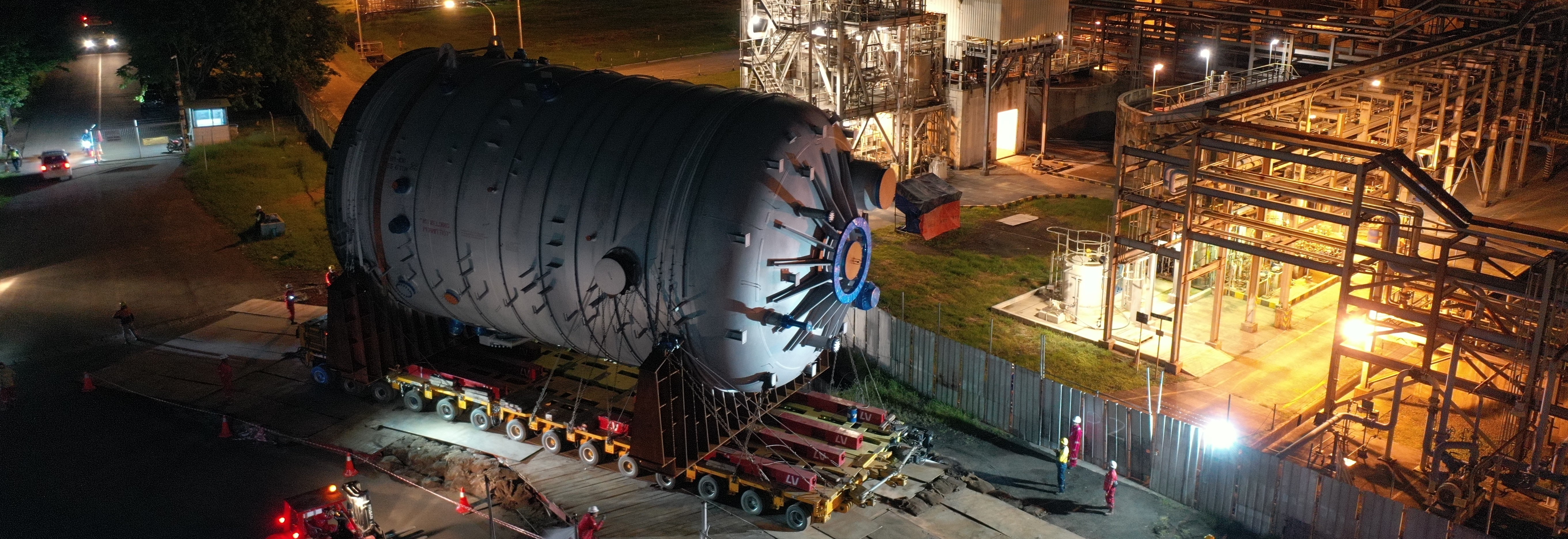Our Technology
Our extensive research and development activities have led to 50 years of continuous improvement in PTA manufacturing.

We introduced a latest generation PTA technology in our Zhuhai, China facility in 2015.
Our step out technology has consistently improved the cost position of our assets and caused reductions in green gas emissions and in both liquid and solid waste production. The latest version features the lowest equipment count and capital costs so far; it employs less rotating equipment leading to improved operability and lower maintenance, higher reliability and plant availability. Safe Design Principles are subject to highest standards of safety. An enhanced oxidation reactor safety system, state of the art automation and reduced fouling therefore less caustic washing, are all eminent features.
These differentiated pieces of equipment have been installed across our asset base, most recently being retrofitted in our production facilities in Geel, Belgium and Cooper River in South Carolina, USA. We estimate our latest PTA technology delivers 65% fewer greenhouse gas emissions, 75% less water discharge and 95% less solid waste disposal than conventional technologies and is the key enabler underpinning our unique market offering of carbon neutral PTA.
Examples of where our technology reduces the greenhouse gas footprint and waste emissions:
- A highly efficient anaerobic reactor which converts waste to fuel
- Internal recycle of PTA mother liquor streams to reduce wastewater flow and recover energy
- A highly efficient Catalyst Recovery unit to recover catalyst metals allowing direct re-use without a third party reclaimed
- Improved Oxidation reactor design which minimizes acetic acid and paraxylene burning
- Efficient heat integration to minimize the burning of fossil fuels to produce high pressure steam
- Internal recycle and minimization of DI water import
- More energy recovery from the reaction leads to less heat ejected to cooling water
- WWT effluent recycle and other cooling tower options (e.g., seawater) can reduce raw water consumption even further
[2] Derived from bp’s internal analysis Evaluating Energy Processing Technology, conducted in 2016. Data in this internal analysis was derived from bp’s actual operating data from six of its PTA manufacturing facilities